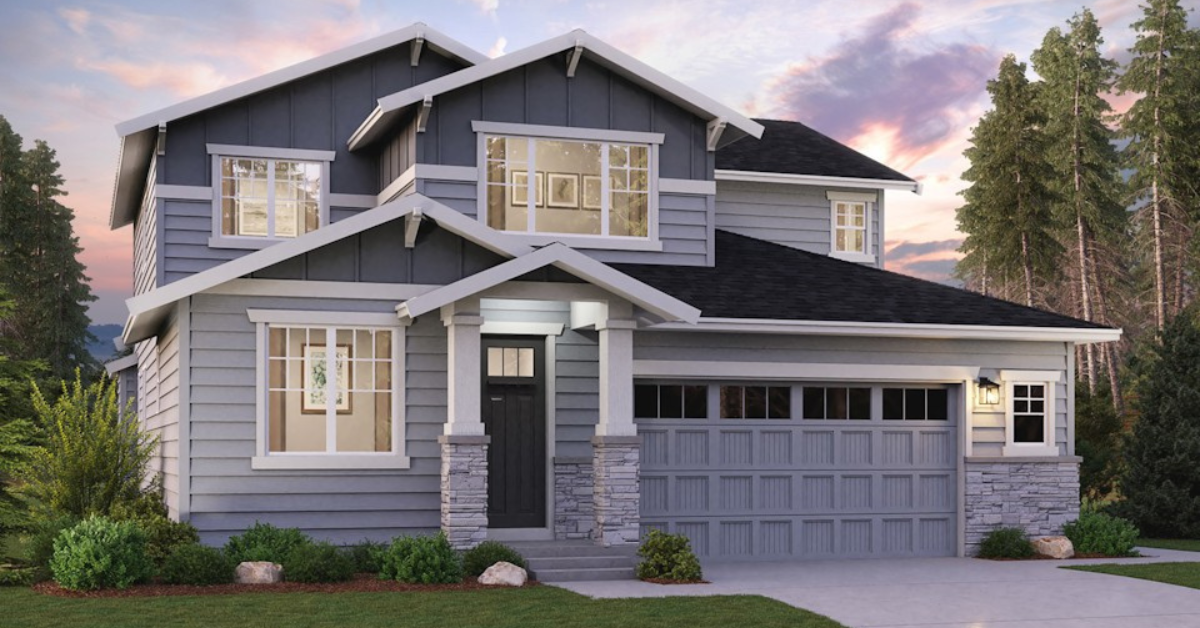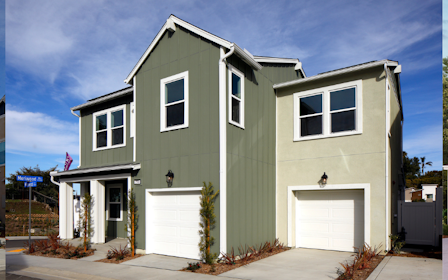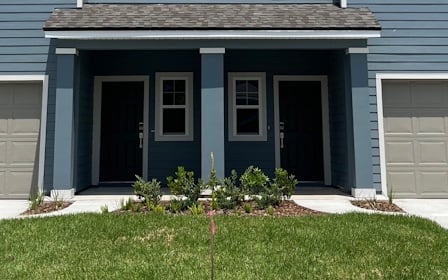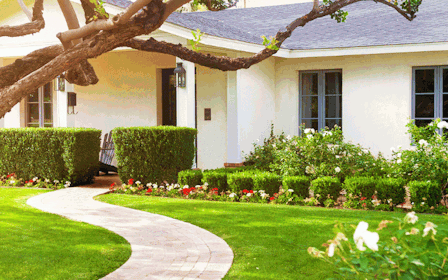Over the last half-century in the U.S., multigenerational households have quadrupled—outpacing in the growth of any other household category.
But, what exactly is a multigenerational home? A multigenerational home, also known as cross-generational living, consists of multiple generations under one roof (two or more adult generations). Multiple generation homes include grandparents living with their grandchildren and adult children, or adult children moving in with their parents. As of 2022, 4.8 million households throughout the country qualified as multigenerational households.
Keep reading to discover factors contributing to multigenerational living, plus the main benefits of all living under one big roof.
The History of Multigenerational Homes
Multigenerational families flourished as the norm during the pre-industrial era when rural living reigned. The need to keep family farms afloat dictated how and where families lived, leading to a natural rise of multigenerational living. However, multigenerational living arrangements eventually declined due to several factors:
- The Industrial Revolution reduced farming needs.
- Younger generations sought land out west and left aging generations behind.
- Urban living increased and the size of homes decreased.
In a turn of events, over the last four decades, the United States, as well as other countries, have seen a resurgence of this “old-time” tradition. Multigenerational living is on the rise and brings a new set of needs and considerations for families nationwide.
Contributing Factors Leading to Multigenerational Living
A variety of influences play a role in the rise of multiple generations living together, such as:
- Increased life expectancy. As the average life expectancy increases, elderly parents consider senior housing or, the more affordable option, multigenerational living. In 2023, independent senior living averaged $3,000/month–a steep cost many families can’t afford.
- Finances: Working generations dealing with increased cost of living combined with retirees experiencing a lack of income make multigenerational households a viable option.
- Dual working parents. According to The Bureau of Labor and Statistics, nearly 49% of families featured dual (full-time) working parents. These circumstances may require an au pair, nanny or family members to assist with childcare. Many find bringing help, like grandparents, into their homes a more affordable and feasible option compared to daycare or afterschool care.
- Life-altering events. Divorce, death of a loved one or job loss may result in multigenerational adults living together.
The 5 Benefits of Living in a Multigenerational Household
Cross-generational living can benefit all family members involved. These benefits extend beyond the obvious financial advantages. Explore some of the top benefits below.
- Enhances family relationships: Family members often experience more profound relationships with each other when living in the same quarters. Grandparents may serve as role models to younger generations and can share their wisdom. Younger generations learn to connect with their elders, which can enable them to discover a deeper respect for their grandparents as individuals.
- Open more opportunities: Multigenerational living opens up opportunities that were previously impossible. Having an extra adult, usually a grandparent, allows both parents to work full-time. Grandparents can enjoy an increased presence in their grandchildren’s lives. Recent graduates can even establish a foundation by saving money and avoiding debt, or an adult child can further their education without cost-of-living stressors.
- Relieve financial pressures: According to Bloomberg Media, household expenses, like groceries and rent, have increased more since the pandemic than in the 10 years preceding the pandemic. Multigenerational families are able to share the burden of these costs.
- Higher quality child and adult care: Many people prefer personalized child/adult care over a facility environment. Bringing help into the home creates peace of mind for all involved and increases valuable time spent together.
- Improved mental and physical health: Children solidify a sense of identity by learning family history from their grandparents. Grandparents live longer by avoiding the health risks associated with loneliness, including dementia, heart disease, stroke, depression, and anxiety. Relationships improve as each generation learns from the other through everyday interactions.
Disadvantages of Multigenerational Living
However, as you might expect, there are also a few disadvantages to living under one roof. Those disadvantages include:
- Less privacy. As a society, many Americans tend to put a high priority on personal space and privacy.
- More noise. Grandparents more accustomed to quieter homes may not acclimate to the constant noise level of a younger family.
- More housework. More people under one roof equals more dishes to clean, more laundry to do and more items left around the house.
- Need for remodeling. Depending on your circumstances, renovations may be needed to accommodate the needs of elderly parents.
Options for Multigenerational Housing
So, what are your options for living in a multigenerational home? It often comes down to two choices: renovating your current home or buying a new one.
To make your current home multigenerational friendly, you might need to finish the basement, complete the attic, convert the garage, or add an entirely new section to the home that includes a bedroom, full bathroom, and kitchenette. The renovation process can become a game of Tetris when trying to determine the best fit for each family member.
Your other option for a multigenerational home might be purchasing a new property. Homebuilders nationwide offer multigenerational floor plans to satisfy your specific needs.
From detached casitas to separate entrances to dual kitchens and laundry areas, there are various options that might benefit your cross-generational household. Plus, many of these new multigenerational homes are often located in planned communities that provide amenities and features for all ages.

Is Multigenerational Living for You?
Living in multigenerational households offers many benefits and may be the solution you’ve been looking for to afford household expenses, take care of children or aging parents, and more. Each multigenerational situation differs and requires needs unique to your circumstances. Determine your top priorities when considering multigenerational living to help you decide if your current home can accommodate multigenerational needs or if a new house would be better.
Here at Century Communities, we offer multigenerational single-family home options in select areas across the country to fit your lifestyle and needs. Explore our available homes and communities today!


